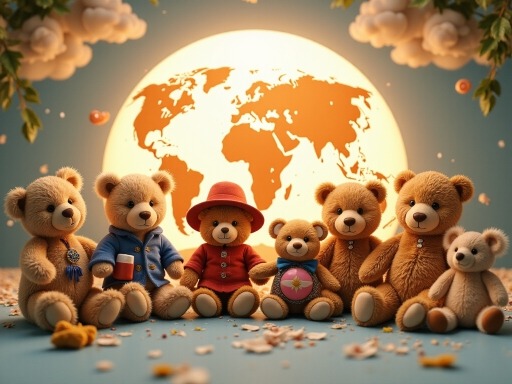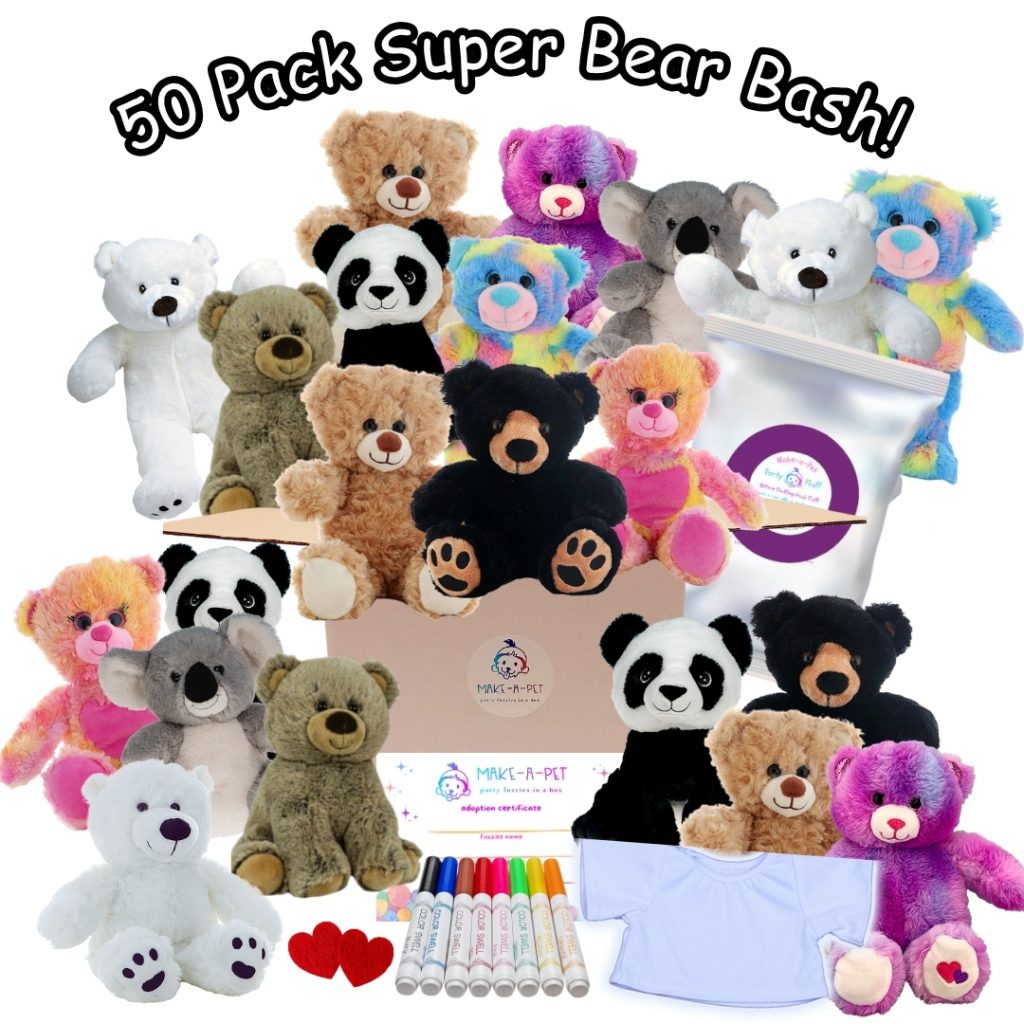
There is a world of teddy bears and every child knows the comfort of a soft teddy bear. However, few realize that this cuddly companion has traveled the world, adapting and transforming across cultures. From Germany’s classic Steiff bears to Japan’s adorable kawaii plushies, teddy bears tell a global story of love, creativity, and care. Let’s take a journey through the world’s most cherished bear traditions and see how each culture makes this timeless toy its own.
Germany the Birthplace
The story begins in Germany, the birthplace of the modern teddy bear. In 1902, Margarete Steiff crafted the first jointed bear, unknowingly sparking a worldwide phenomenon. German bears still carry that legacy of craftsmanship. Accordingly, their hand-stitched noses, soft mohair fur, and perfectly balanced proportions make them collectible treasures. Families pass them down as heirlooms, each one whispering stories of comfort and joy.
At Home in America
Then, our adventure moves to America, where the teddy bear got its name. Basically, inspired by President Theodore “Teddy” Roosevelt’s famous hunting story, American toymakers created a bear that became an instant sensation. Over time, the U.S. turned the teddy bear into an emotional symbol of childhood innocence and affection. Think of the iconic Build-A-Bear Workshop, where kids design their own furry friends. That hands-on experience keeps the spirit of creativity alive, making each bear a personal reflection of its maker.
Bear Elegance in Britain
Heading across the Atlantic, Britain brings its own charm to the teddy bear’s tale. Therefore, British bears often exude elegance and tradition, dressed in cozy sweaters or classic bowties. Paddington Bear, with his red hat and marmalade sandwiches, stands as a national treasure. His stories remind children to stay kind and curious, even when far from home. British teddy bears often carry this message of adventure and good manners, blending nostalgia with timeless lessons.
Japan and Expressions of Kawaii
Traveling east, we find Japan, where plush culture transforms teddy bears into expressions of “kawaii,” or cuteness. Japanese plushies feature big eyes, soft pastel colors, and imaginative themes. Moreover, they often appear as characters in anime, fashion, and even art exhibits. Henceforth, these toys aren’t just for children—they’re comfort objects for teens and adults too. In Japan, hugging a plush bear offers emotional support in a busy, modern world. It’s a reminder that playfulness never fades with age.
The Russian Bear
Meanwhile, in Russia, teddy bears often appear with traditional folk details and embroidered outfits. Artisans handcraft them with patience, blending storytelling and cultural heritage. A Russian bear might wear a colorful sarafan or carry a tiny balalaika. Each stitch represents pride in craftsmanship and national identity. Parents cherish these toys not just as playthings but as symbols of family and resilienc
Down Under in Australia
In Australia, teddy bears often reflect the wild beauty of the Outback. Likewise, you’ll find plush koalas and wombats sitting beside classic bears on store shelves. Many Australian families give teddy bears as gifts for milestones—births, school achievements, or long trips away from home. They carry warmth and encouragement across great distances, just like the friendships they represent.
Conclusion
Every culture adds a unique thread to the global fabric of teddy bear love. Some focus on tradition, others on innovation, but all share one thing—connection. Whether handcrafted in Germany or inspired by Japan’s kawaii craze, teddy bears speak a universal language of comfort and joy.
So next time you hug your favorite bear, remember—it’s part of a story that spans continents and generations. Each culture’s version carries a piece of its heart. Together, they remind us that love, in all its forms, knows no borders.

